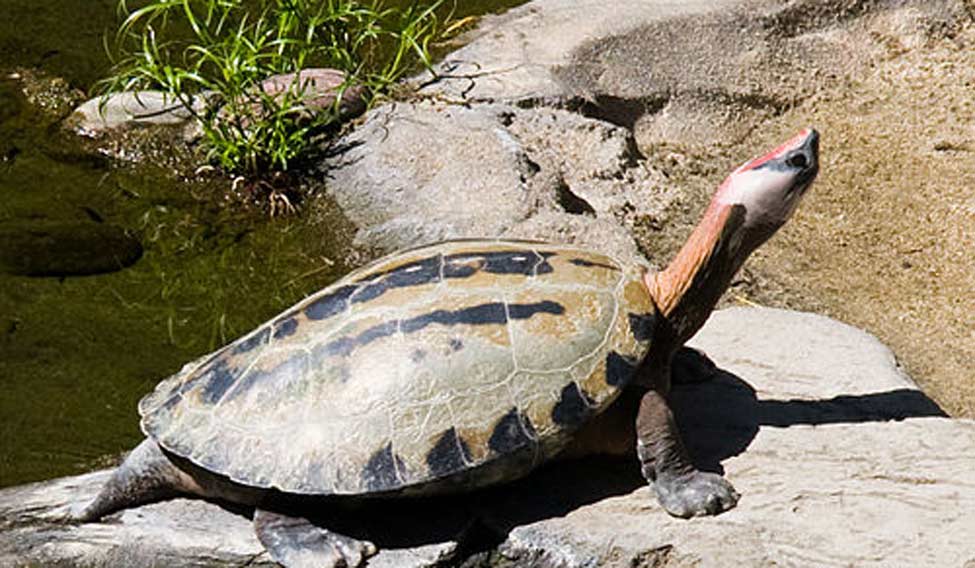The Centre will set up a turtle sanctuary in Allahabad as part of the measures under the Namami Gange project to protect the rich aquatic biodiversity of the Ganga from escalating anthropogenic pressures.
The 1.34 crore project will include a river biodiversity park at the Sangam (confluence of the Ganga, Yamuna and mythical Saraswati). It will entail the establishment of a turtle rearing centre with a permanent nursery at the Triveni Pushp and temporary annual hatcheries during breeding seasons. The riverine region at Allahabad is home to some endangered turtles like Batagur kachuga, Batagur dhongoka, Nilssonia gangetica, Chitra indica and Hardella thurjii. Pollution, human intervention into the natural habitat and a host of other regular reasons has put these populations under risk over the past few decades.
The Ganga alone hosts over 2,000 aquatic species of fauna, many of them endogenous to the river. These include several varieties of fish, gharials, dolphins and turtles. The national aquatic animal, Platanista gangetica (gangetic dolphin), is unique to the river. The park will also create awareness among visitors about the need to conserve these unique species.
The project will be totally financed by the Centre.
The ministry for river development, water resources and Ganga rejuvenation has not shared a timeline of the project, but it is clear that Prime minister Narendra Modi wants some visible work on the river to show before the next election campaign starts. In fact the slow progress of his flagship project, Namami Gange, led to a change of ministers at the last reshuffle. Uma Bharati was ousted and Nitin Gadkari was given additional charge of the ministry.
Although a large focus of the project is to ensure near zero effluent and sewage discharge into the river, there are several ancillary projects also afoot. One of these is a project to study the so called Brahma dravya or divine factor of the river due to which the Ganga water remains fresh even after months of being bottled. The self cleansing of the river is due to the presence of unique bacteriophages which previous studies have already indicated. The present study focusses more on the same.
Another project that Bharati had started was to reinstate the natural flora along the banks of the river, right from its source to its delta. The Dehradun-based Forest Research Institute is spearheading the project of identifying the natural vegetation before agriculture and imported weeds changed the landscape on the banks. Massive plantation drives began this monsoon.





